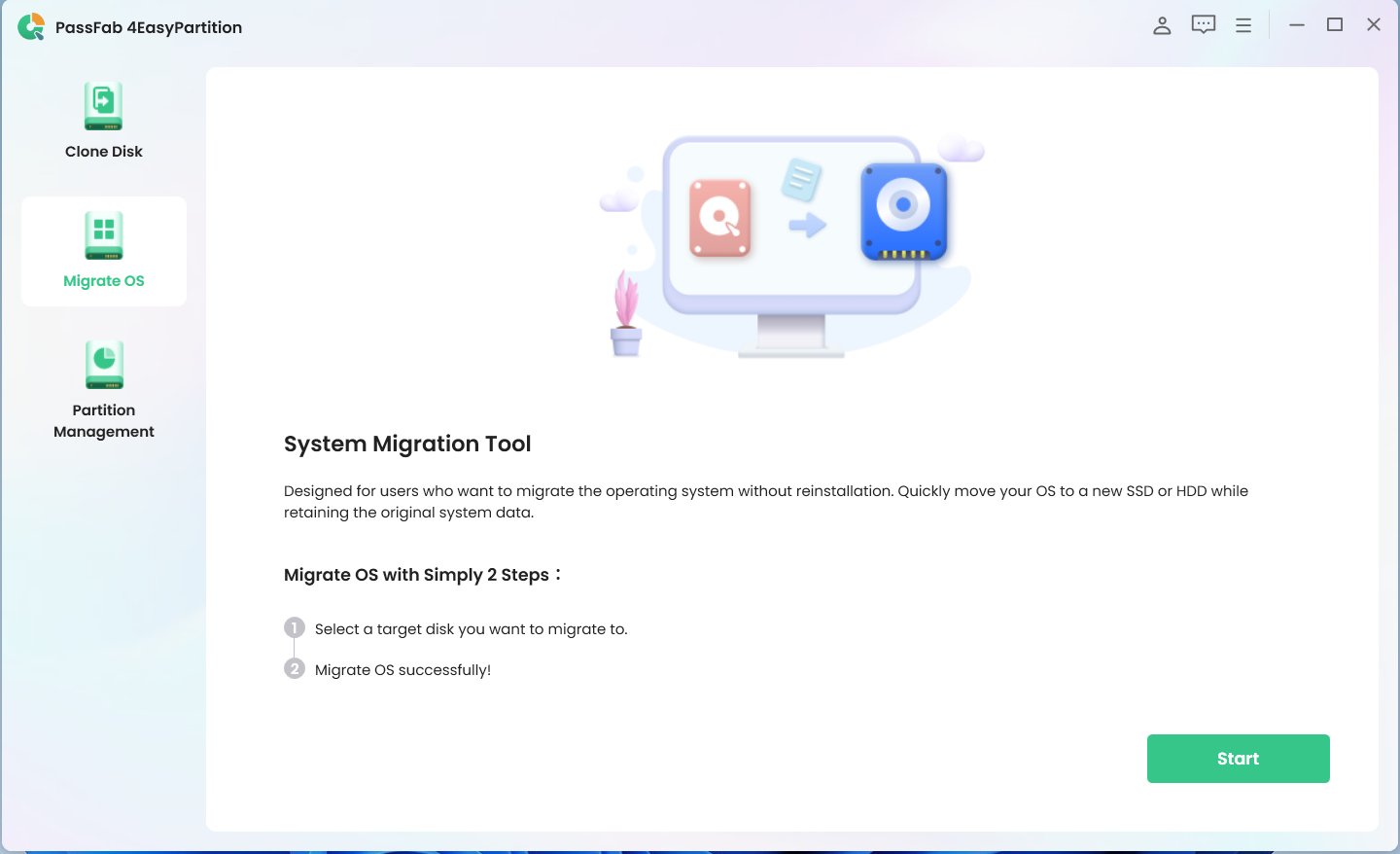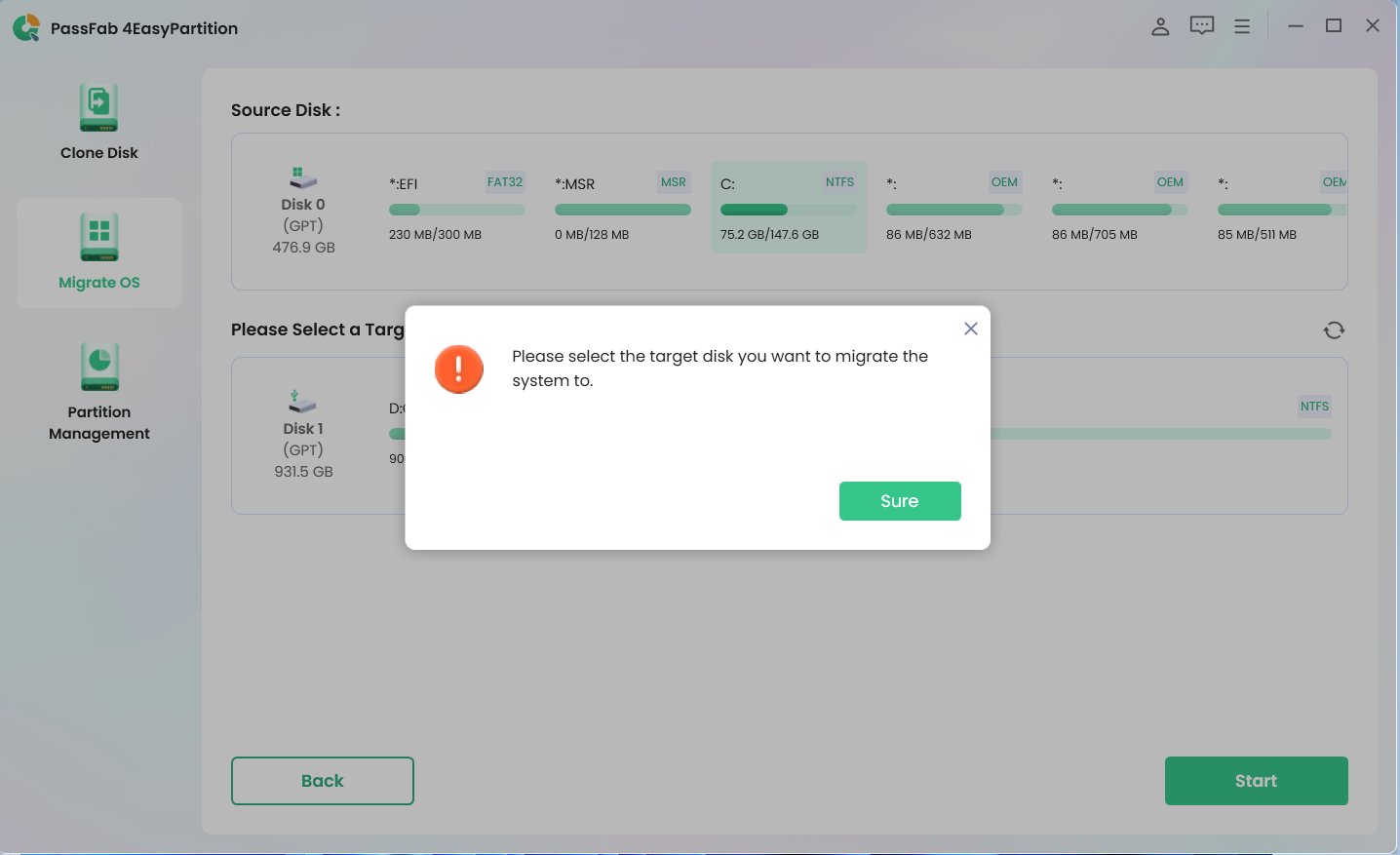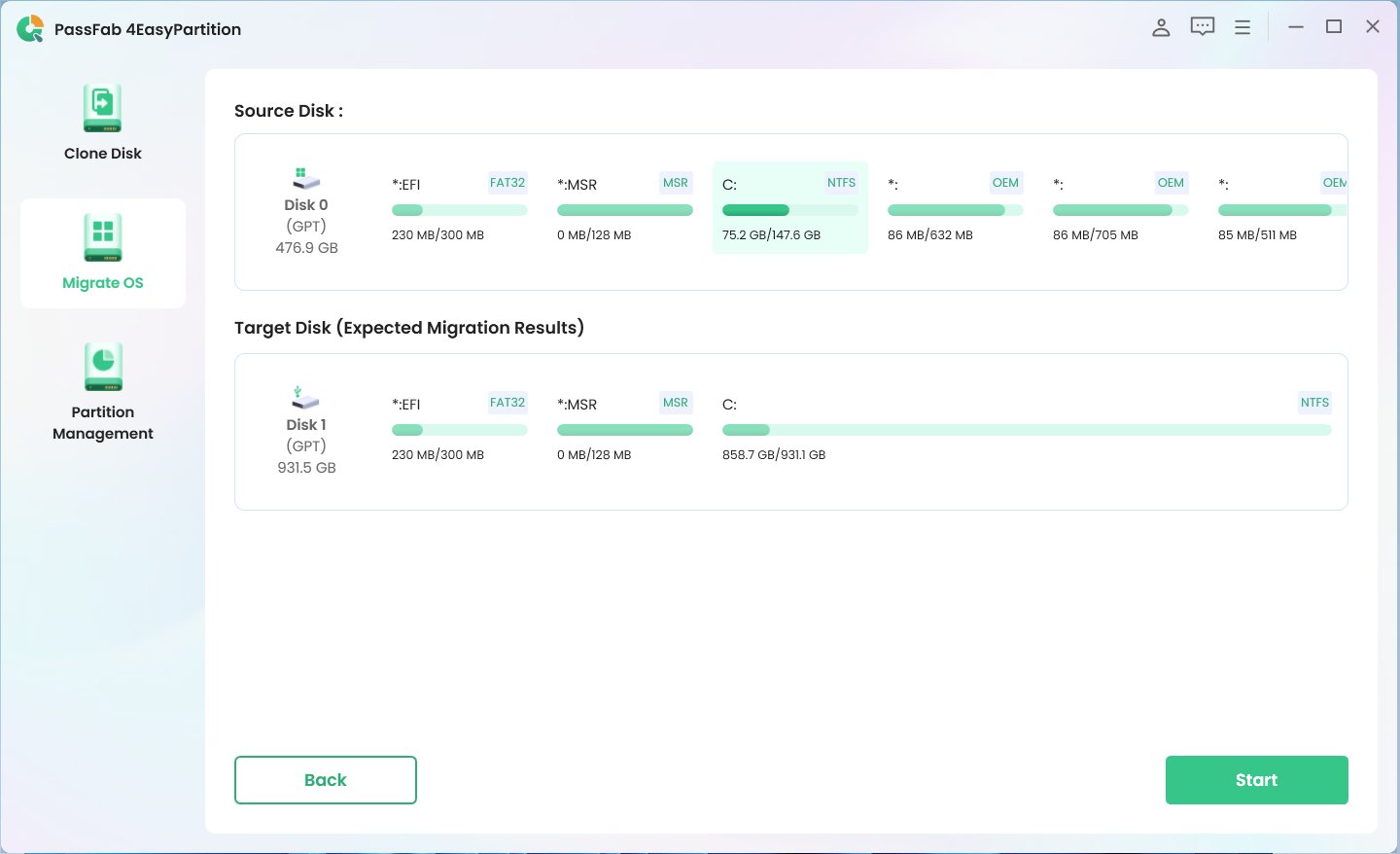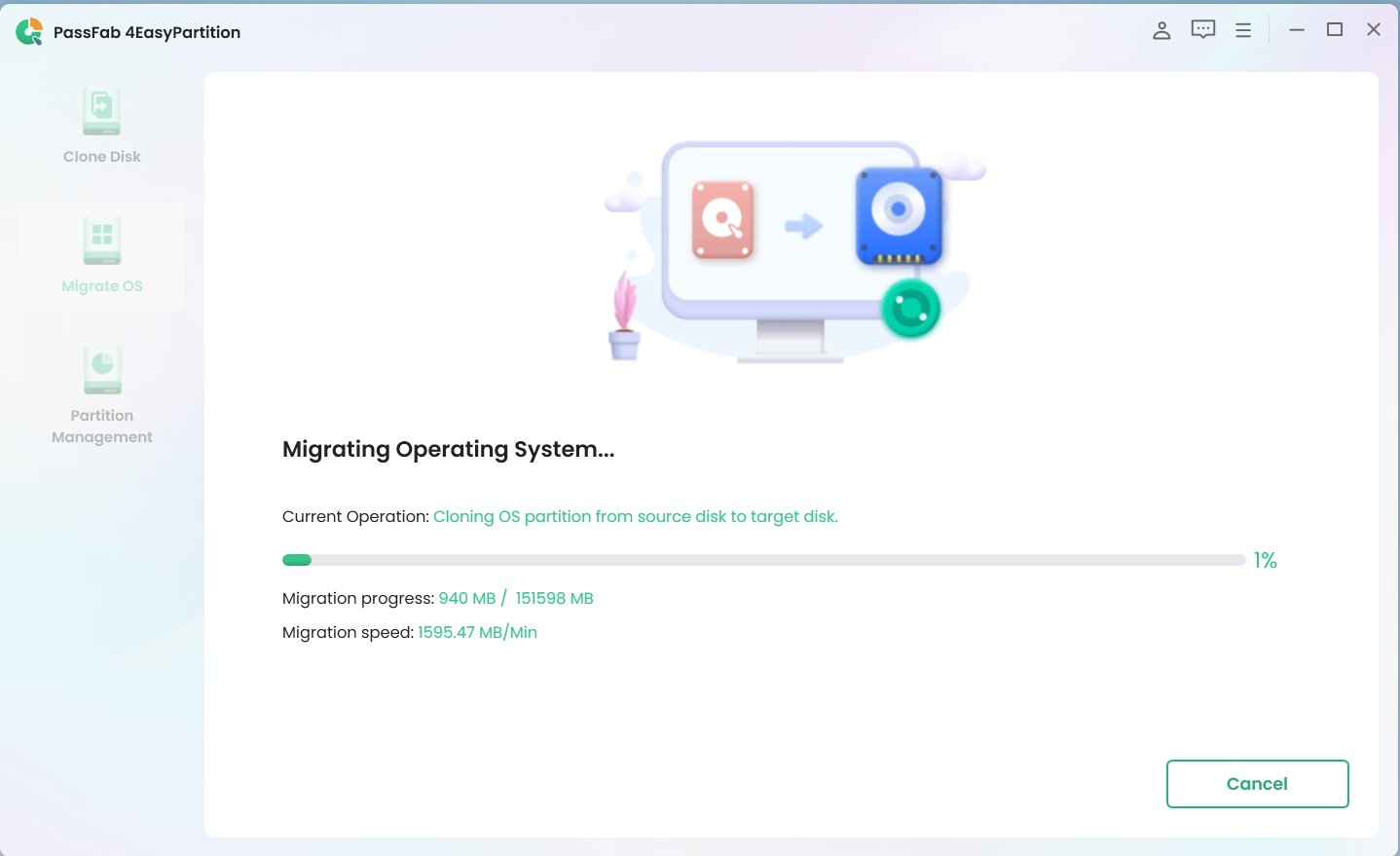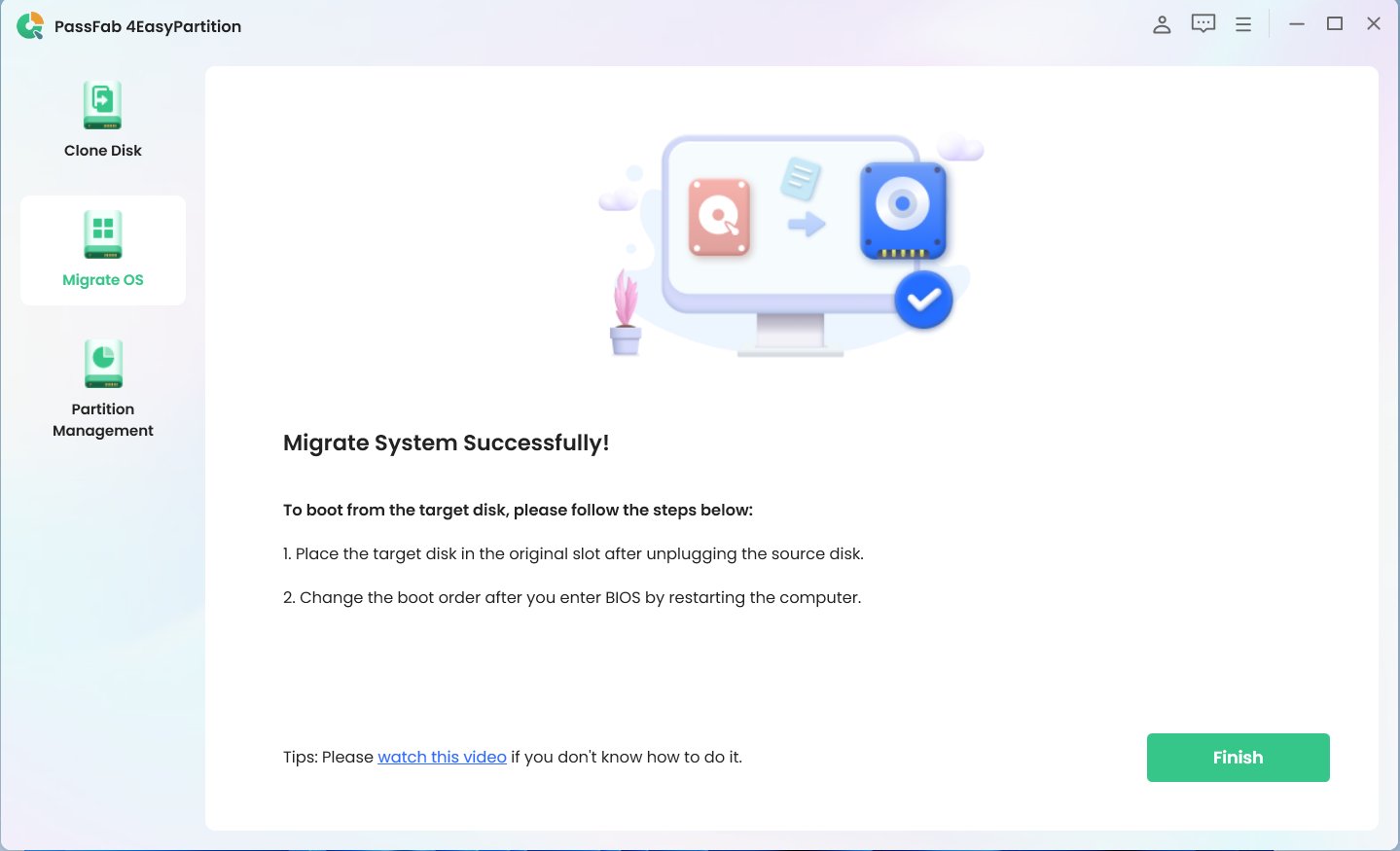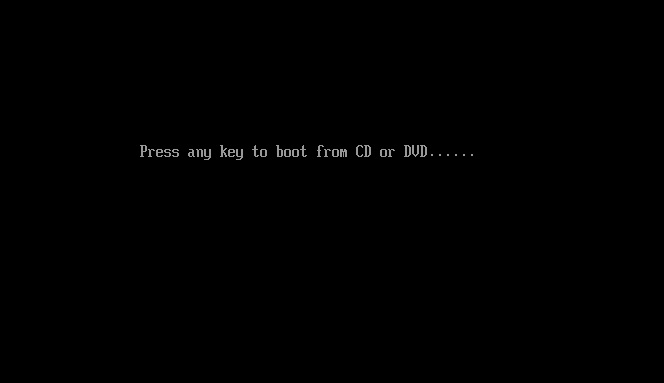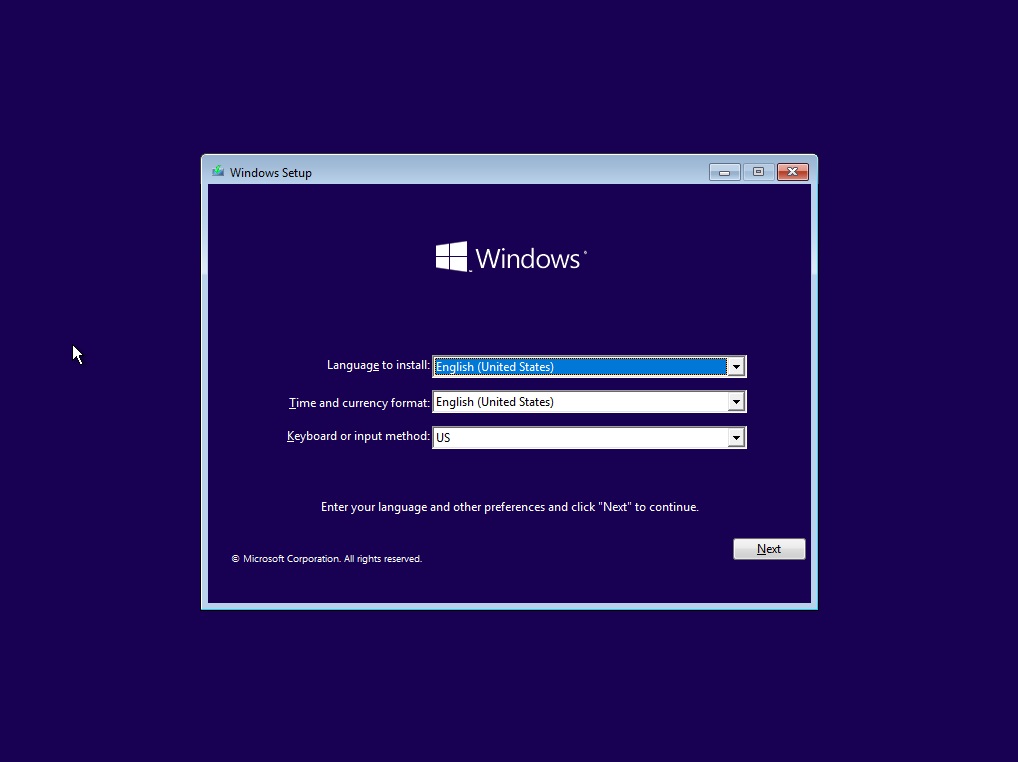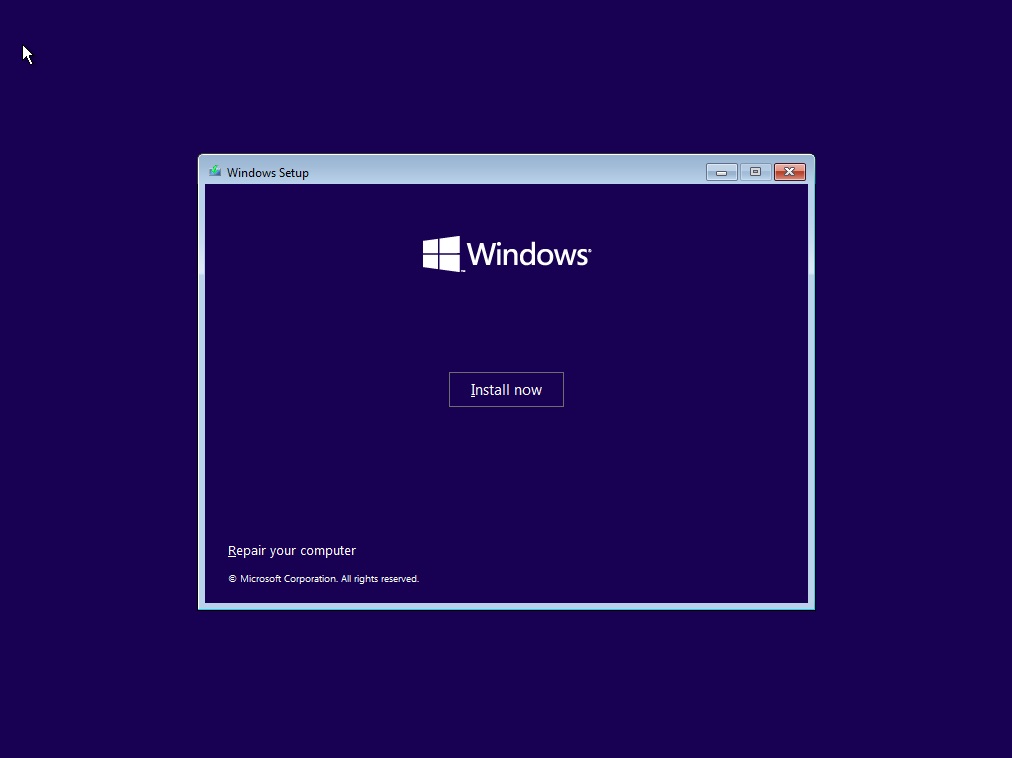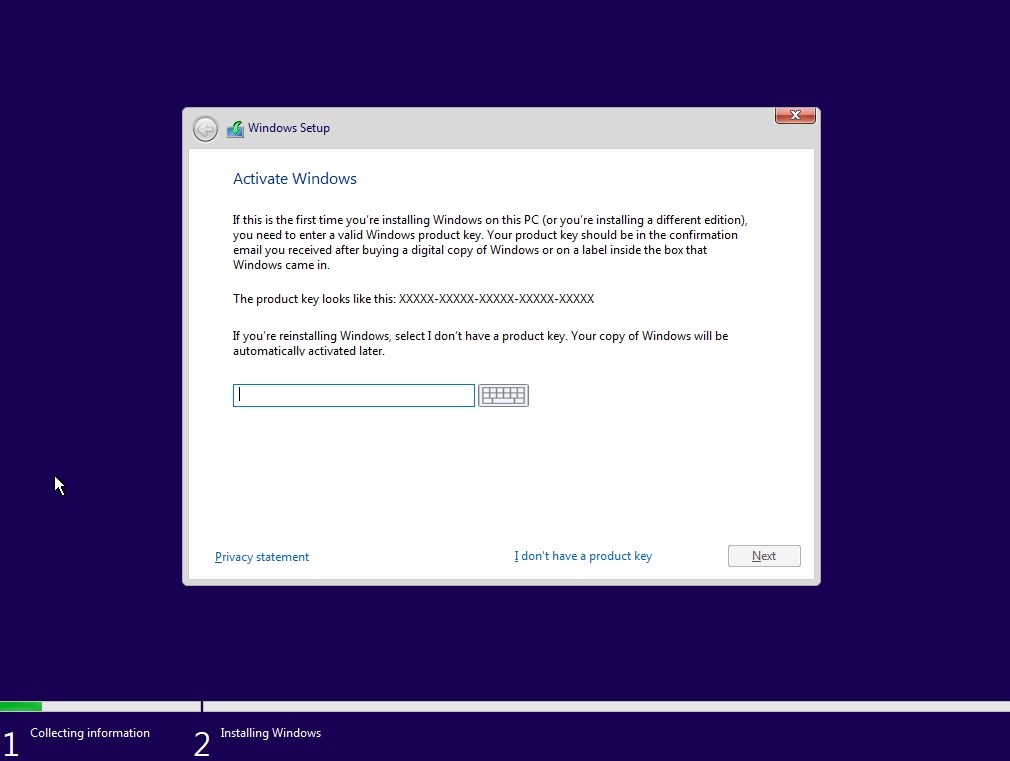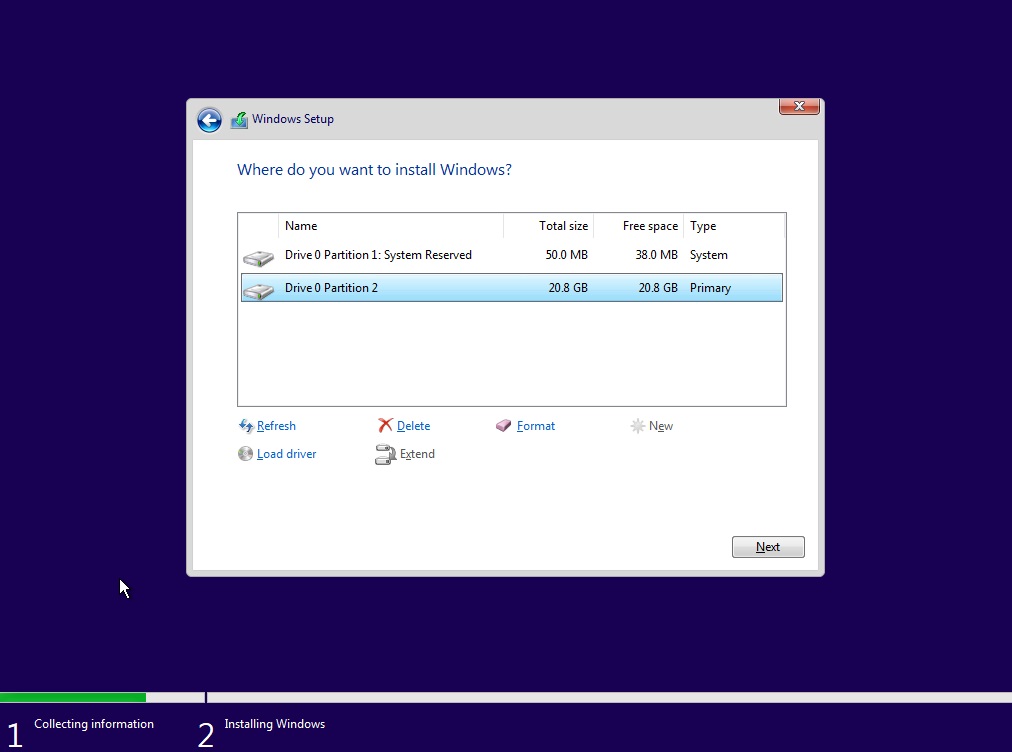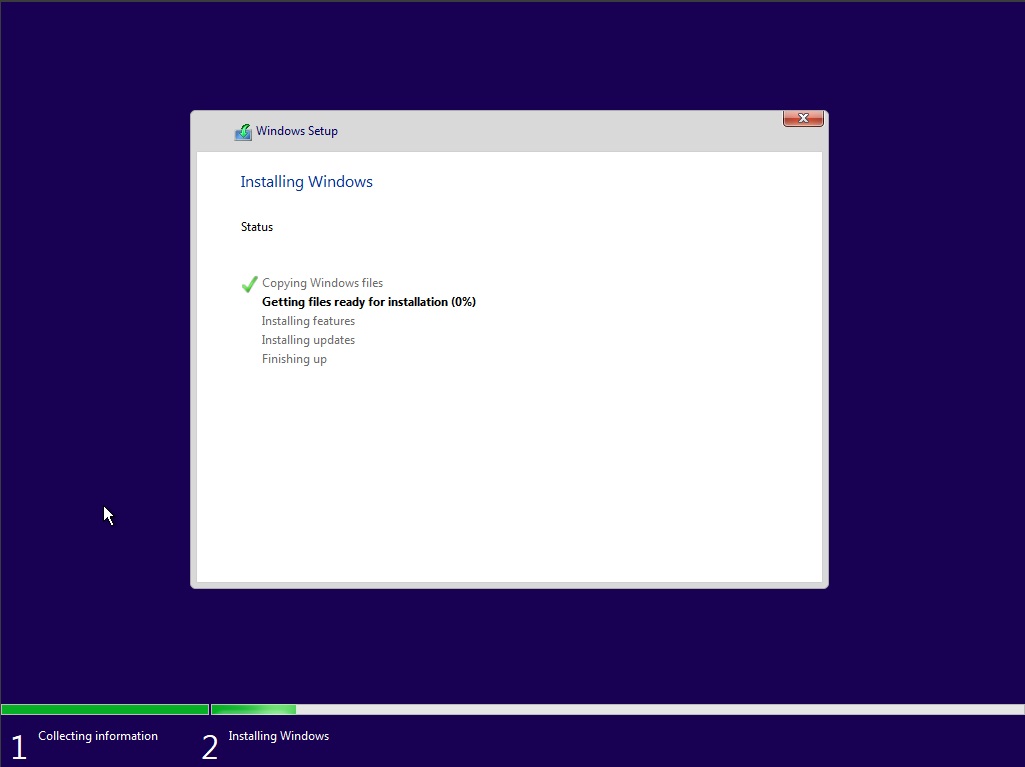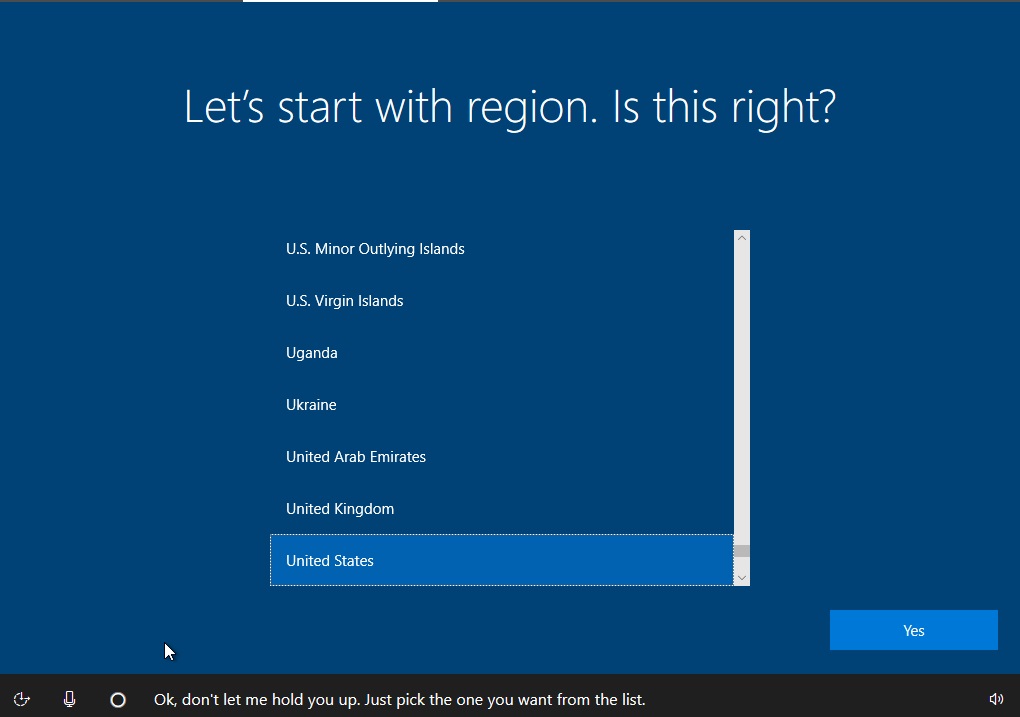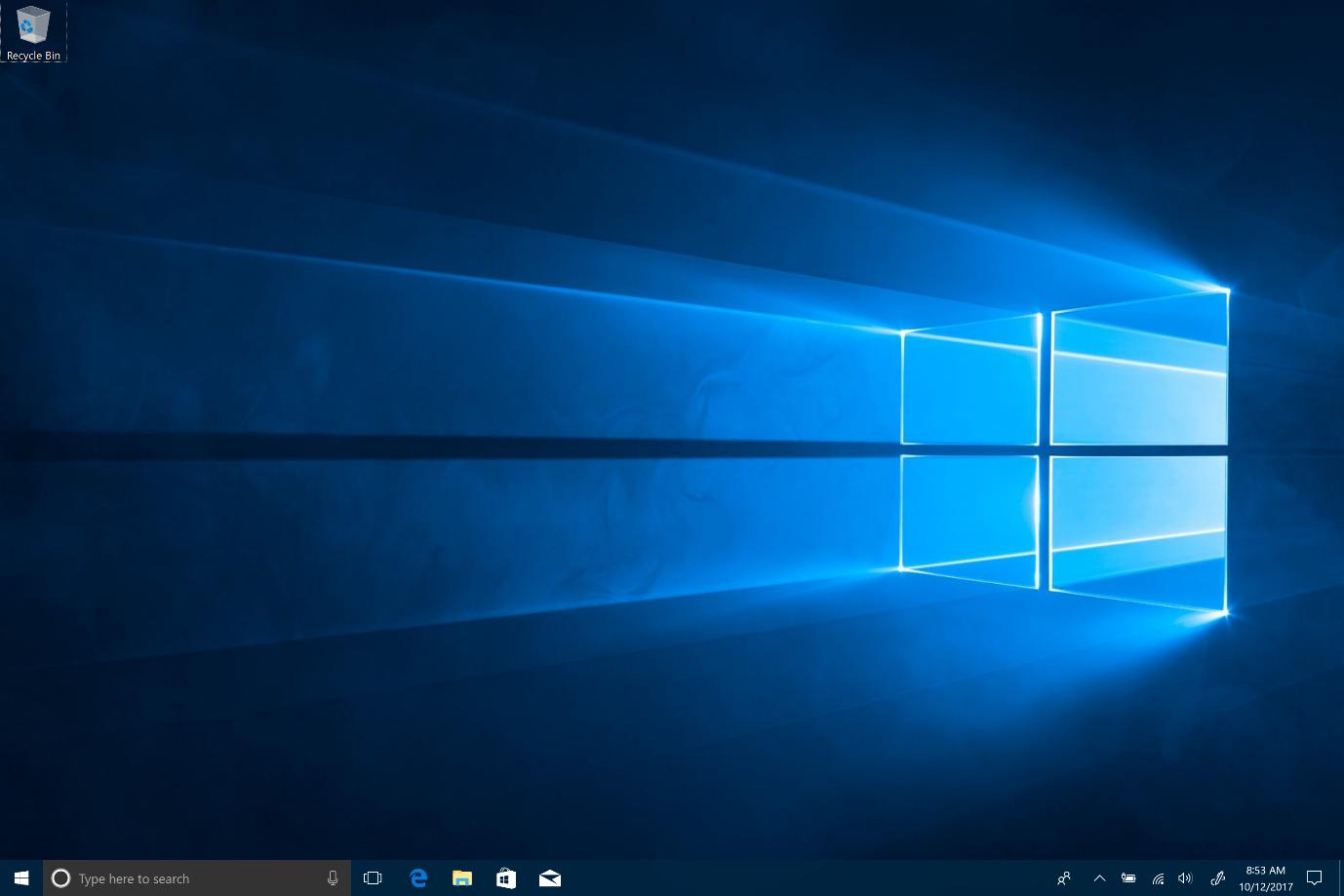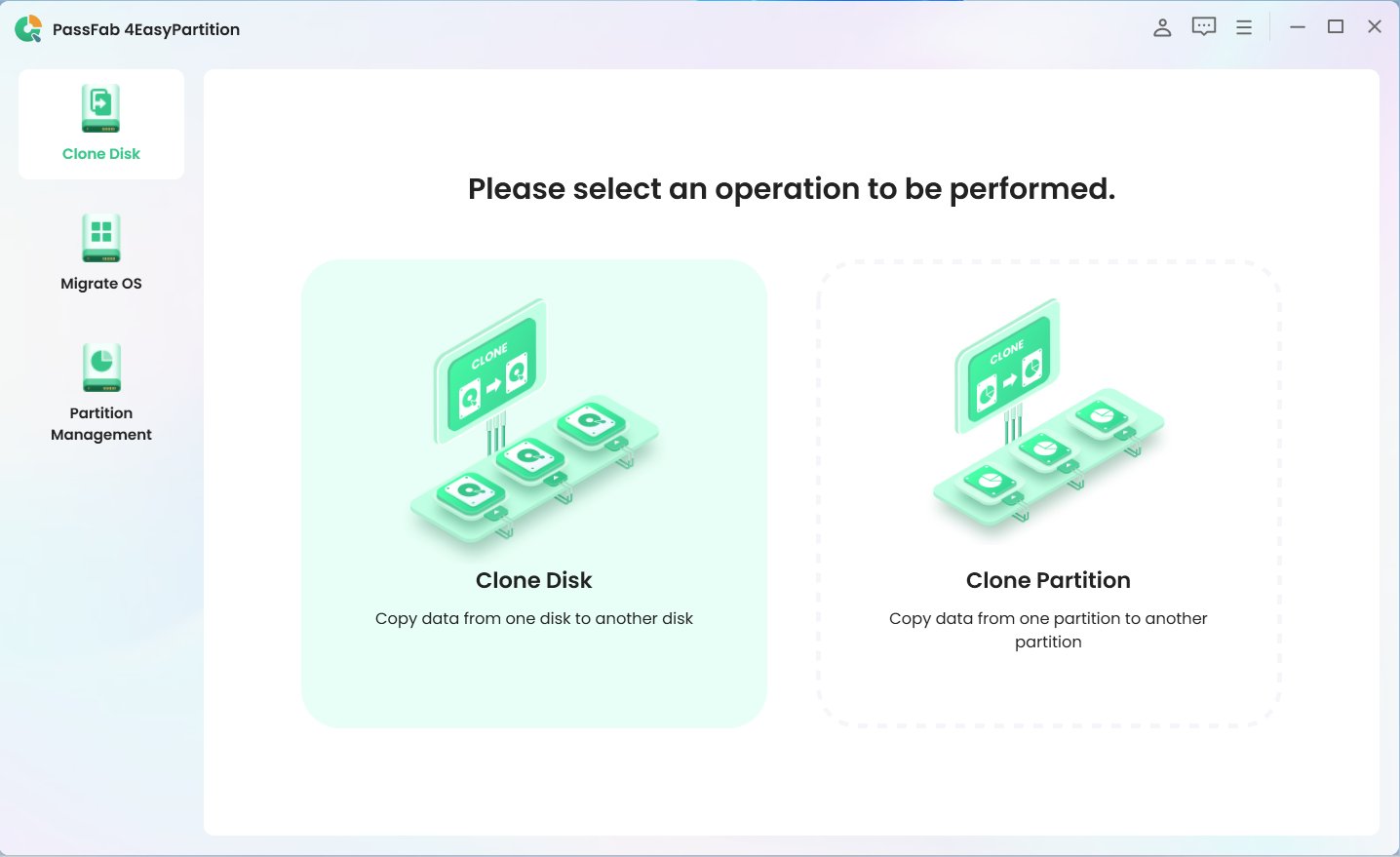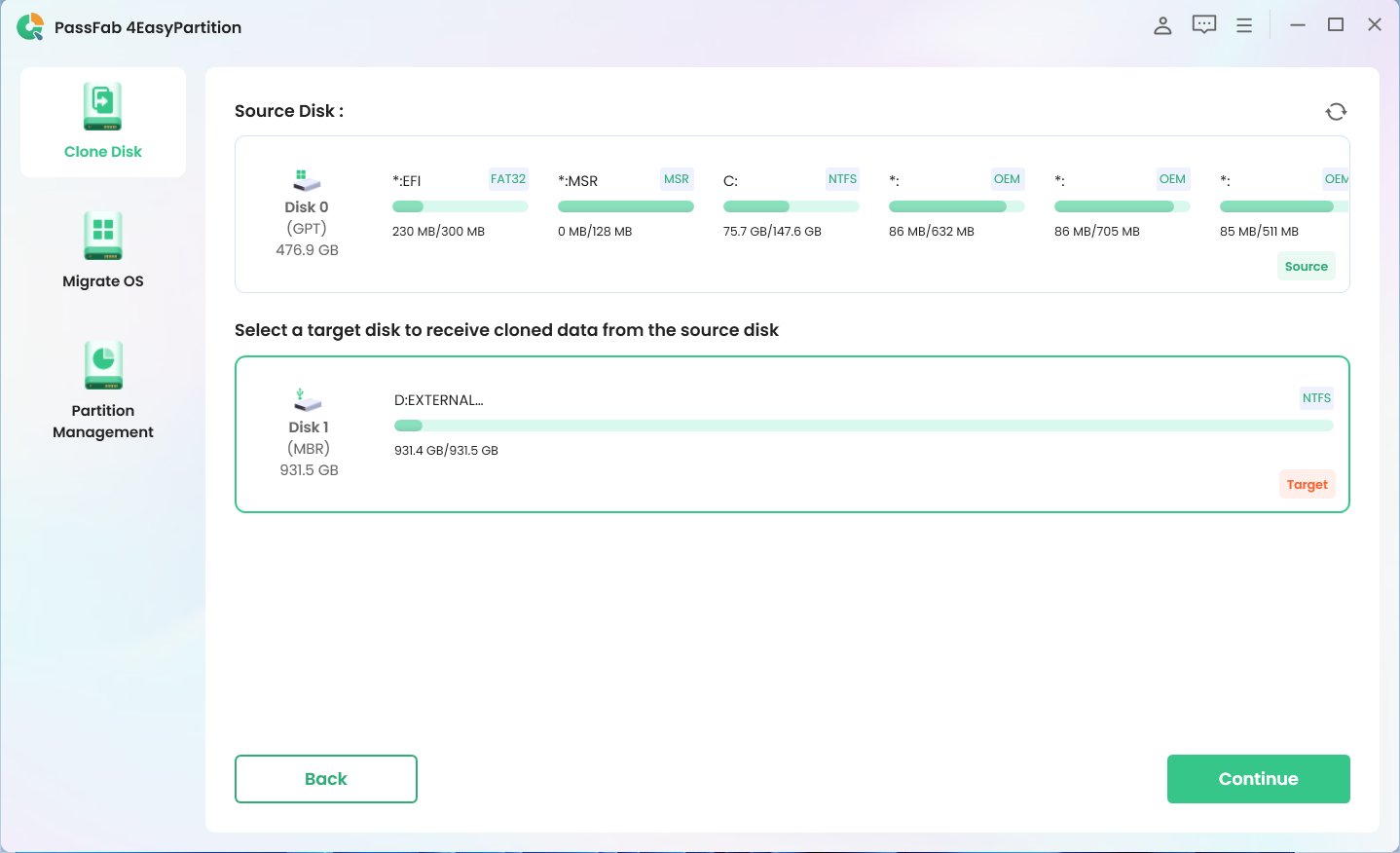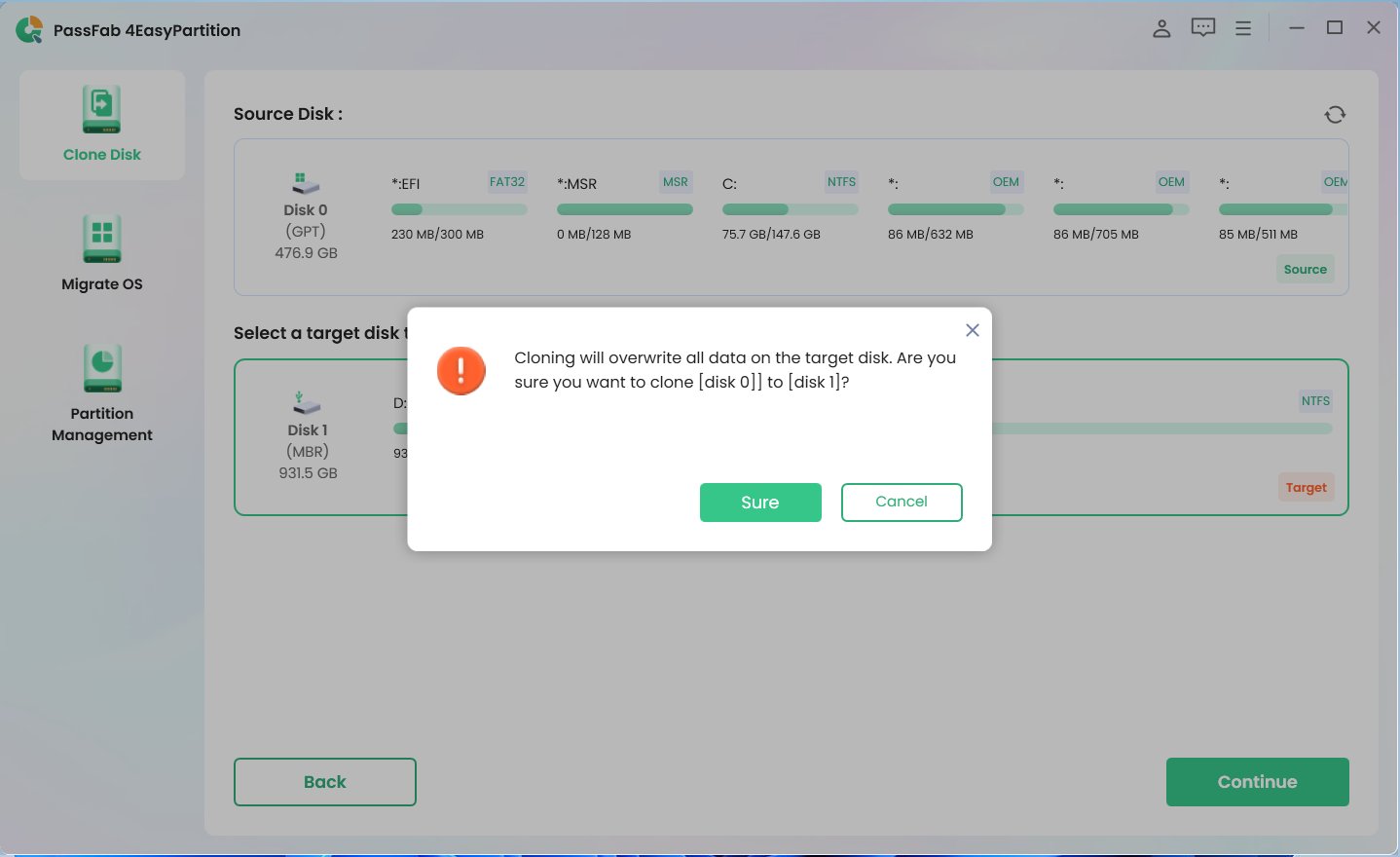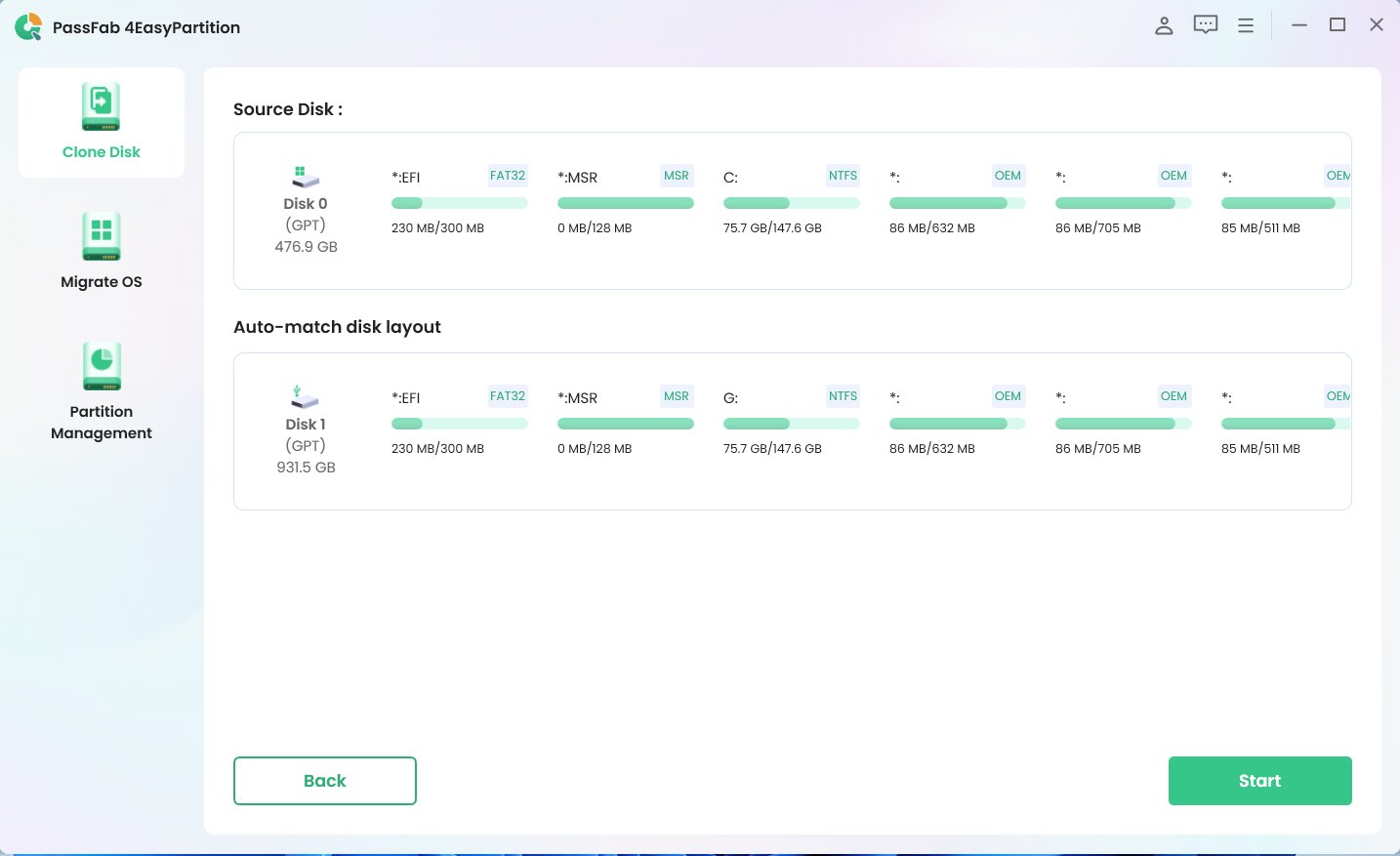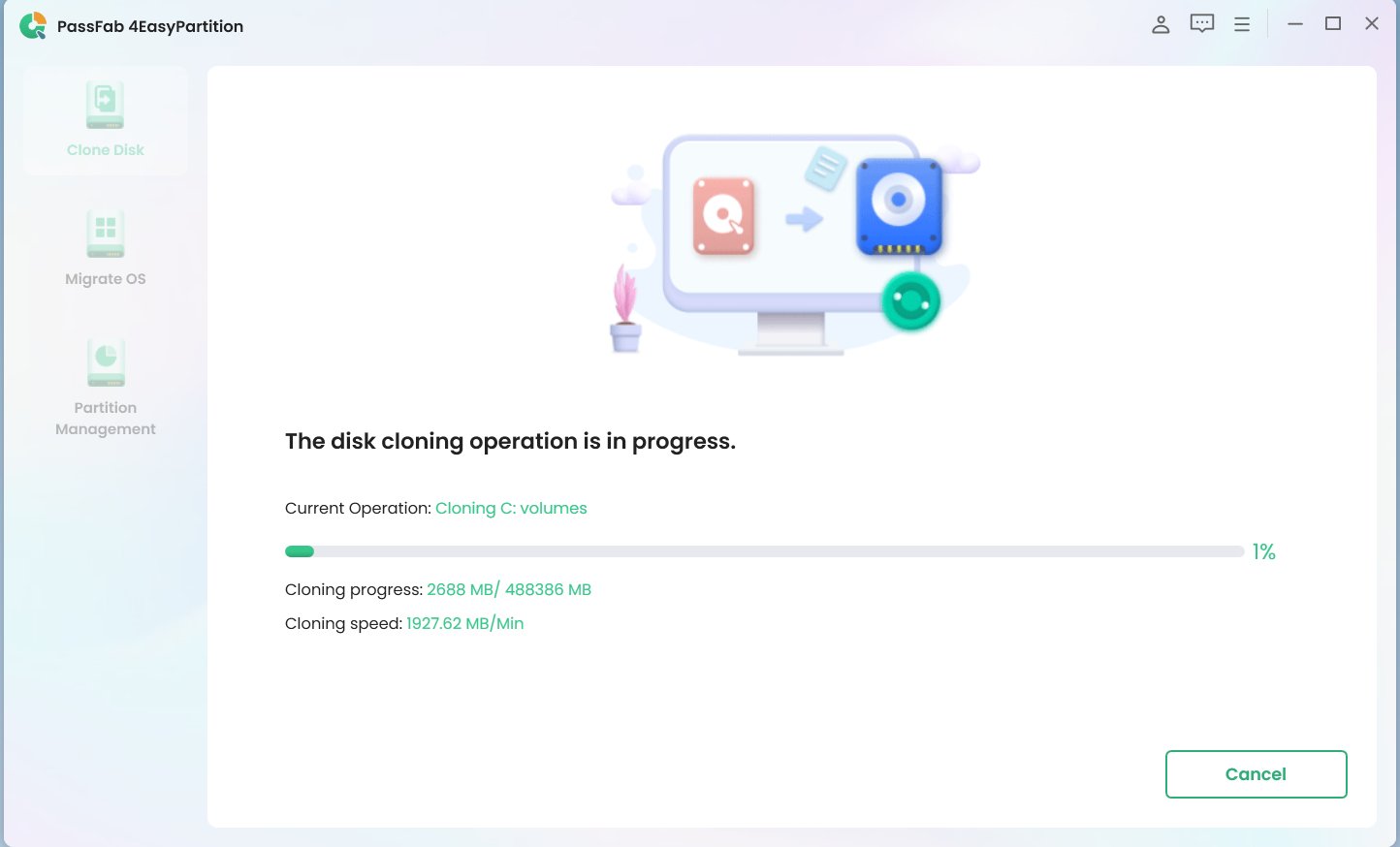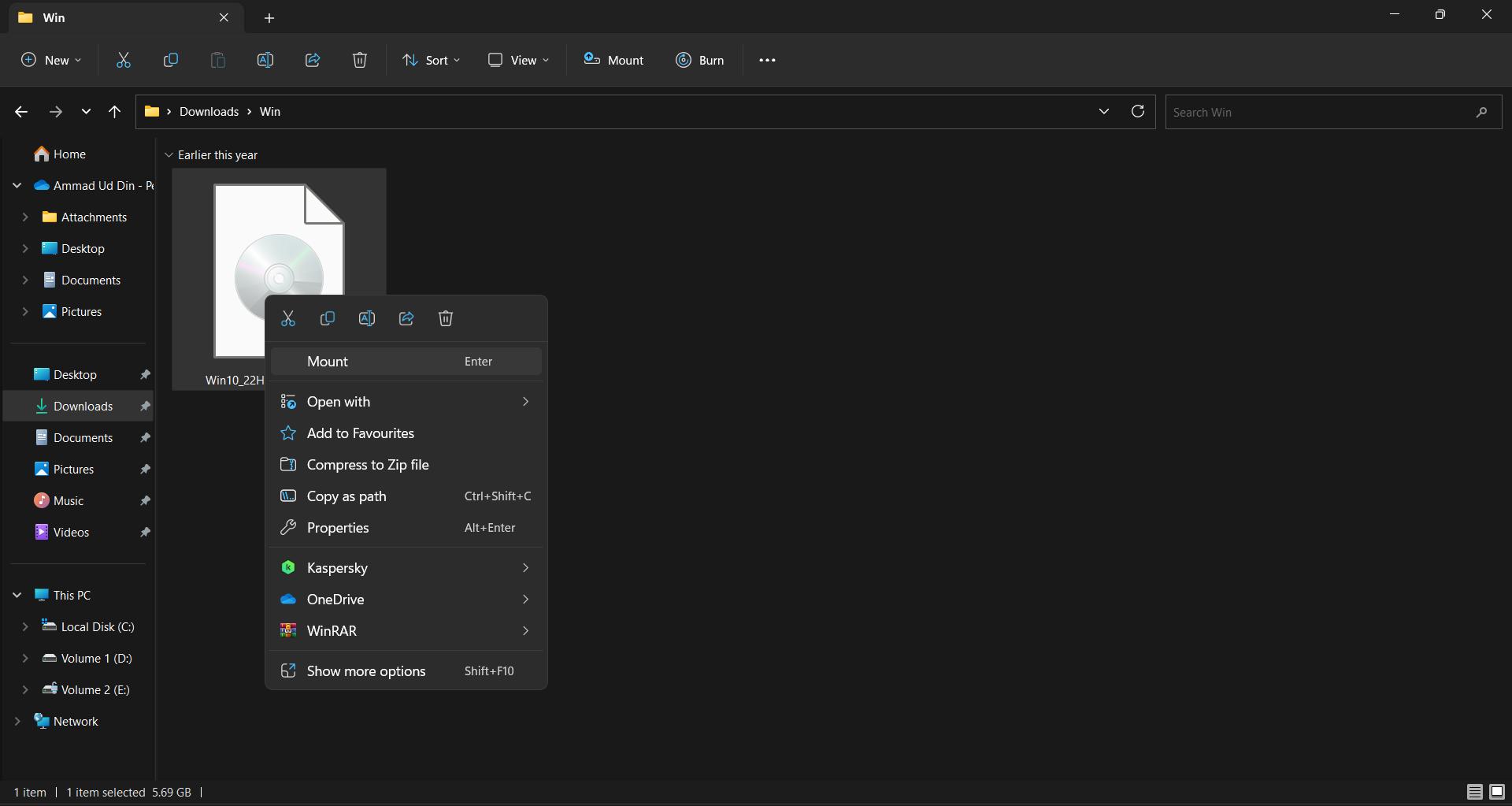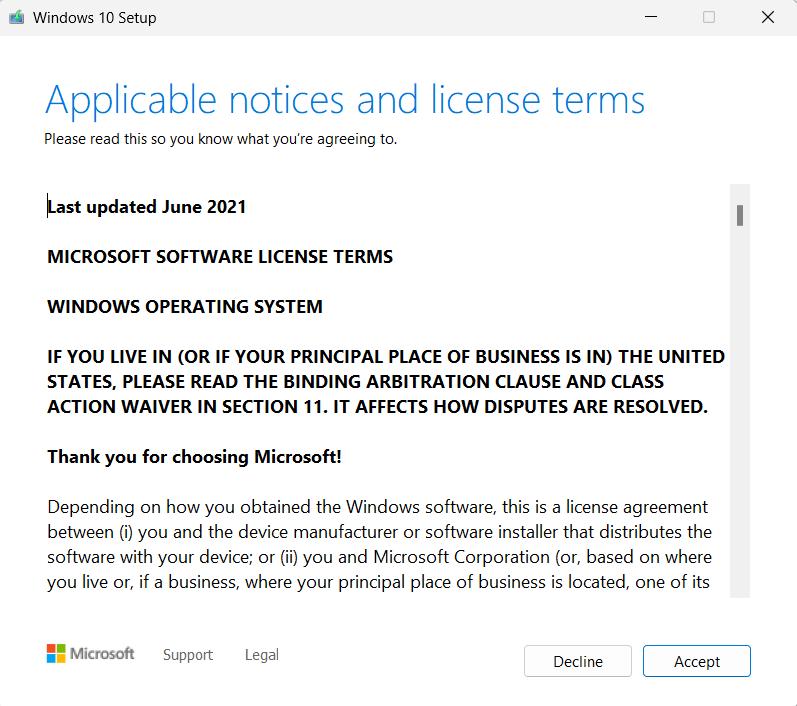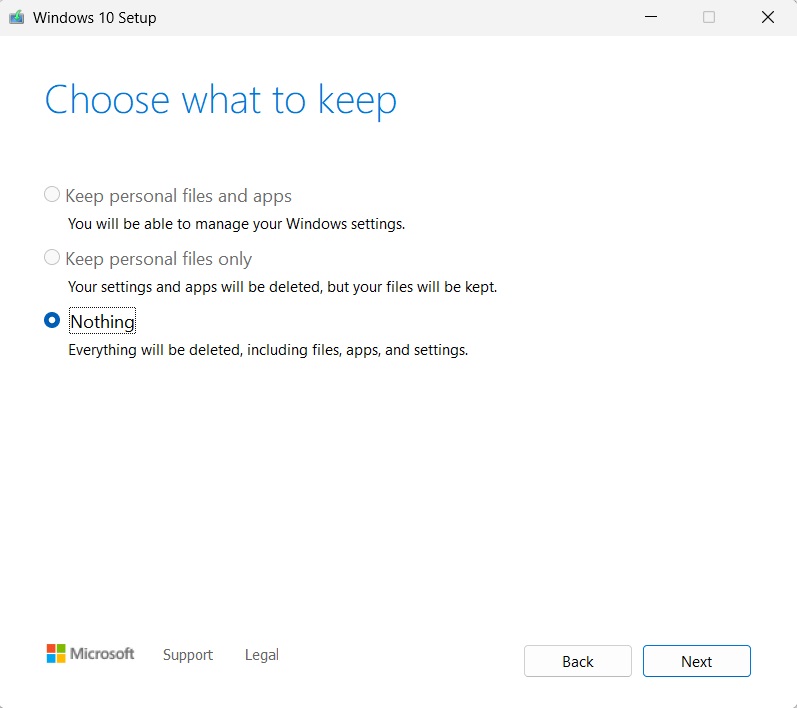Question from Reddit:
I plan to install Windows on new SSD. I've backed up all the data that needed to be saved from the old SSD. Will all Windows-related data be automatically erased, or do I have to do it myself?
Part 1: Why Install Windows 10 on NEW SSD?
Part 2: Things You Should Do Before Windows 10 Installation
Part 3: How to Install Windows 10 onto New SSD Without Removing Old HDD?
- 1. How to Install Windows 10 on New SSD by Migrating OS Without Losing DataHot
- 2. How to Reinstall Windows 10 on new SSD by Windows 10 Installation Media with USB or CD
Part 4: Extra Tip: How to Install Windows on New SSD Without USB?
- 1. Install Windows 10 on New SSD Drive Without USB by CloningHot
- 2. Clean Install Windows 10/11 by ISO
Part 5: How to Put Windows on a New SSD FAQs
- Q1: Can I directly install Windows 10 on SSD?
- Q2: Troubleshooting: Cannot Install Windows 10/11 on SSD?
- Q3: How to Ins tall Windows 11 on New SSD?
Final Words
Part 1: Why Install Windows 10 on NEW SSD?
An SSD, or Solid-State Drive, is a storage device that uses integrated circuit components (ICs) to store data permanently. It usually uses flash memory. In comparison to HDDs, SSDs are significantly faster in performance because of flash memory used for data read and write. On the other hand, hard dick drives rely on spinning disks for this task.
Solid-State Drives (SSDs) do not have any moving parts which makes SSDs more resistant to shocks and vibrations. This enhances their safety and durability. Also, SSDs have very less noise when they’re in use. Their compact size can also save valuable space within a computer case. Many Windows users prefer installing Windows 10 on new SSDs because of these advantages.
Part 2: Things You Should Do Before Windows 10 Installation
Following are a few important things that you need to know before you start to clean install Windows 10 on SSD.
- Back up important files
Back up any important files before you start to install Windows on new SSD because your personal data on the old hard drive will be erased during the Windows installation process. It is also recommended to create a system backup, especially for less experienced users. This will avoid potential system failures.
- Format the SSD for Windows 10 installation
Generally, a disk needs to be initialized and formatted before it can be used properly. If it’s not done, it can lead to an error message prompting you to format the disk before usage.
- Get SATA to USB adapter
You need a SATA to USB adapter to connect to your new SSD if you are using a laptop or if your computer has only one slot.
- Free up space on the old drive (if you’re migrating Windows 10)
Because solid-state drives are generally smaller than hard disk drives, it is recommended to free up space on the HDD. You can do this by deleting backed-up data, using Disk Cleanup to remove unnecessary files, by and uninstalling useless programs.
Part 3: How to Install Windows 10 onto New SSD Without Removing Old HDD?
There are two methods available to you when it comes to installing Windows 10 onto SSD: Cloning an existing Windows 11/10 installation or performing a clean install by reinstalling.
When installing Windows 10 onto an SSD for the first time, additional effort may be necessary. Windows 10 can only be obtained for free when upgrading from another version; otherwise, you will require a valid product key and require professional help to clone your system partition across. Cloning can easily be accomplished within just a few clicks! It’ll allow you to transfer the Windows 10 operating system to the SSD easily.
1. How to Install Windows 10 on New SSD by Migrating OS Without Losing Data
To facilitate the installation of Windows 10 on an SSD, you’ll need a reliable partition manager. PassFab 4EasyPartition is highly recommended. It offers a user-friendly interface and allows seamless transfer of Windows 10 from an HDD or SSD to a new SSD with just a few simple clicks.
-
Open PassFab 4EasyPartition and press “Start”.

-
Select the “Source Disk”. This is your old drive from where you’ll be copying your Windows.

-
Once the popup appears, press “Sure”.

You’ll see “Expected Migration Results”. This shows what your new SSD’s partition table will be like after the migration. You can now click “Start” to proceed with the OS migration process.

Your Windows is being migrated. It’ll take some time depending on your system resources and the size of your Windows files.

Once the migration process has ends, press “Finish”.

2. How to Reinstall Windows 10 on new SSD by Windows 10 Installation Media with USB or CD
If you’re wondering how to install Windows on a new SSD with USB, you’re at the right place. Make sure you have the USB or CD that has Windows 10 installation setup in it. Once you’re good to go, you can follow the steps below to install Windows.
-
Turn off your PC and start it in boot mode. If it asks you to press any key to boot from CD/DVD or USB, press it.

-
After that, Windows Setup will ask you to select your language and keyboard input. Once you’re done, press “Next”.

-
It will now take you to the Installation. Press “Install Now” to get started with the installation.

If you have a Product Key, use it. Otherwise, press “I don’t have a product key”.

Accept the Microsoft Software License Terms and click “Next”.

Here, click “Custom” and proceed to the next step.

Select the disk drive where you want to Install Windows 10. You can also repartition the SSD if you want. Once you select the drive, press “Next”. Make sure to double-check your choice.

Wait for the installation process to complete. Your PC will automatically restart a few times during the process. Be patient in this step.

Once the installation is done, setup will ask you the necessary details like your region, language, username, password, etc. to tailor your Windows experience.

Once everything is done, you’ll see the Windows 10 desktop and your PC will be ready to use.

Part 4: Extra Tip: How to Install Windows on New SSD Without USB?
We’ve mentioned a method on how to install Windows on SSD with USB. You’d be wondering how to install Windows on SSD without USB, right? Well, the process is similar. You can either go for a user-friendly and assisted approach, or you can opt for a more orthodox method like installing through an ISO. Bin detail both of these methods are explained below.
1. Install Windows 10 on New SSD Drive Without USB by Cloning
One way of installing Windows 10 on new SSD without USB is through Cloning. Cloning is done by creating a copy of the entire drive. The step-by-step method to clone using PassFab 4EasyPartition is given below:
-
Run PassFab 4EasyPartition and click “Clone Disk” on the left.

-
Select the disk you wish to clone, then press “Continue”.

-
If a pop-up window appears, click “Sure” to continue.

Click “Start” to start the disk cloning process.

Cloning will take some time, please wait while it’s done.

After successful cloning, click "Finish" to finish the process.

2. Clean Install Windows 10/11 by ISO
Another way to install Windows 10/11 without USB is to install Windows using ISO image.
-
Download the Windows ISO from Microsoft’s official download page.
-
Right click the ISO and click “Mount”. It’ll be mounted as a disk drive.

-
Go to the mounted ISO disk and run “setup.exe” as administrator.

Once the setup has started, press “Next” to proceed.

Accept the Microsoft Software License.

Choose whether you want to keep any files or do a clean Windows 10 install and press Next.

You PC will restart, and Windows installation will continue. From there, follow the instructions and you’ll have your Windows installed.
Part 5. How to Put Windows on a New SSD FAQs
Q1: Can I directly install Windows 10 on SSD?
Yes, you can directly install Windows 10 on SSD. During the installation process, you can choose the SSD as the installation drive for the Windows 10 installation. It is recommended to make sure the SSD is properly initialized and formatted before beginning the installation to ensure a smooth process.
Q2: Troubleshooting: Cannot Install Windows 10/11 on SSD?
If you are having issues installing Windows 10/11 on an SSD, here are some troubleshooting steps to try:
- Check SSD Compatibility:Make sure your SSD is compatible with your PC’s hardware.
- Check SSD Health
- Update SSD Firmware and Drivers
- Check BIOS settings:Check your computer's BIOS and make sure the SSD is recognized and properly configured. Set the SSD as the primary boot device if necessary.
- Use a different installation method.
Q3: How to Install Windows 11 on New SSD?
To install Windows 11 on an SSD, follow these steps: Create a bootable USB drive with the Windows 11 ISO file. Then connect the SSD to your computer. Now set the boot priority to the USB drive in the BIOS settings. Install Windows 11, in the SSD by selecting the SSD as the installation destination. Complete the installation process by just following on-screen instructions.
Conclusion
In conclusion, installing Windows 10 on a new SSD offers numerous benefits such as improved performance, durability, and space-saving. Before installation, it is important to back up important data and ensure the SSD is properly initialized and formatted. The installation process can be done by cloning an existing Windows installation using PassFab 4EasyPartition or performing a clean install using a bootable USB or CD. By following these guidelines, users can successfully install Windows 10 on an SSD and enjoy its advantages.
